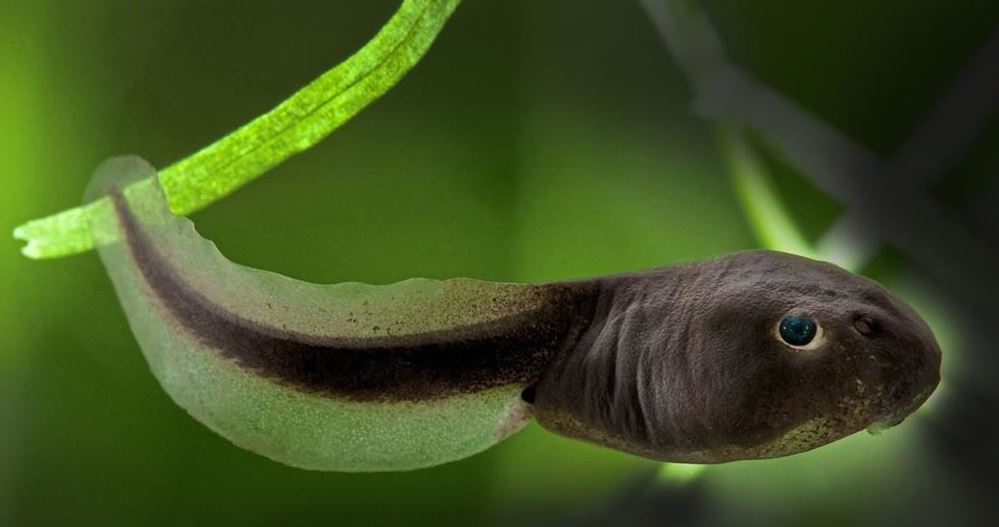A group of scientists working on new research was able to curb the ability of tadpoles regenerating their limbs by severing a particular gene. The results from the new study were published on Tuesday in the journal Cell Reports.
The research team suggests that the gene that they cut off was one of the genes responsible for the ability of the tadpole to regenerate its lost appendages or tail. The group of scientists studied the difference between the genetic pattern of some warm-blooded animals with cold-blooded animals. The research team examined the genetic structure of the African clawed-frog(Xenopus laevis) to look for the genes that accounted for the ability to regenerate. This particular gene, that warm-blooded animals lacked, was called by the researchers as ‘c-Answer.’
On further experimentation, the researchers found that the ability to regenerate certain parts of the body was depended on the expression of this gene. Tadpoles of the frogs were able to regenerate severed tails if the researchers intensified the gene. The researchers additionally found that an increase in the expression of the gene gave way to increased brain growth and bigger eyes in the frogs. Inversely, the scientists noticed that severing out the c-Answer gene resulted in the development of smaller brains among the tadpoles.
The group of researchers believes that certain warm-blooded animals lost their ability to regenerate due to the loss of this particular gene during the course of evolution. Daria Korotkova, the first author of the study, said that “We suppose that genes can only disappear if removing them has advantages for the animal. So, we suggest that when this gene disappeared from warm-blooded species it was by a mutation, acting as a trade-off for the loss of appendage regeneration.”
Helene Elliott is the senior reporter for News Raise. She covers Science news. She also has a keen interest in photojournalism. Helene holds a nomination for the prestigious Red Smith Award. She is married to author Dennis D’Agostino, a former publicist with the New York Mets.





Be First to Comment